The "Sunk" Cost Argument:
Save the USS Enterprise (CVN-65)!
By Mike Sparks
The USS Enterprise: For Real; Not the Star Trek one!
Those that try to pursue or continue aircraft carriers at sea are pricing themselves out of existence--before even a single PGM is launched at them in high-technology, nation-state war (NSW). The Royal Navy and Air Force is so cash-strapped they are retiring ALL their remaining direct-thrust Harriers and waiting for two Queen Elizabeth-class carriers to be built a decade from now--with no assurance they can afford the F-35Bs to operate from them!
http://chillopedia.com/military/raf-harrier-retires-with-a-gracious-final-flypast/#
www.strategypage.com/dls/articles/Harrier-Cast-Out-1-8-2011.asp
Jim Dunnigan writes:
Little more than a year after withdrawing the last of its Harrier vertical takeoff jets from Afghanistan, Britain has retired all remaining Harriers. This was done eight years ahead of schedule, as an economy move. These GR9 versions of the aircraft, also known as Harrier II, had entered service in the 1980s, but only 143 were built. Losses from accidents and earlier retirements gradually reduced Harrier strength to one squadron (fewer than twenty aircraft).
The British Royal Navy's two carriers were built to carry sixteen Harrier GR9 aircraft each. Normally they carried eight, but because of the reduction of the Harrier force (two dozen older Sea Harriers were retired in 2006), and merging Royal Air Force and Royal Navy Harriers into a joint task force, plus the demand for Harriers in Afghanistan, and aircraft sidelined for maintenance and upgrades, there developed a shortage. Now these carriers are also being retired, eliminating the need for carrier based Harriers.
The Royal Navy is building two new 65,000 ton carriers, to replace the three current 21,000 ton carriers (one of them inactive and in reserve). The new carriers will carry 24 F-35Bs each. But these aircraft, and the new carriers, won't be in service for another 6-8 years. At this point, the F-35Bs and the new carriers are expected to show up at the same time; the end of the decade.
The USMC still operates a dwindling number of Harriers--but at great financial and human costs: 45 marines have died in 143 non-combat, Harrier-related accidents. In the last twenty years, India has lost half of its 30 Harrier vertical takeoff fighters to accidents, and the fifteen remaining aircraft often cannot fly because of a shortage of spares. No Harriers, no air cover, no surface navy.

The Last RAF Harriers Fly
These escalating costs are a result of these navies fundamentally not grasping the essence of modern naval warfare: either you flood the battlespace with at least 30 carriers and over 300 planes--or go underwater and hide your aircraft carriers. There is no "middle ground" of less than a dozen carriers that cannot deploy more than pairs with less than 100 planes--that no matter how heavily armored--cannot survive multiple PGM hits while packed with fuel, bombs, and missiles.
combatreform.org/midwaymyth.htm
One way to get the necessary force QUANTITY of over 30 carriers and the full-plane type force QUALITY
combatreform.org/USNAVYINDANGER/index.htm
...is to be frugal, cut costs and make carriers out of available container ships and/or oil tankers for escorting their brethren (CVEs).
So what do we do with our 12 extremely expensive nuclear-powered carriers (CVNs) that we have "sunk" $$$BILLIONS into?
We stop wearing them out by continuous use year-in and year out. We need to save costs and lots of CVEs, have kits to arm containerships/oil tankers
combatreform.org/PGMbreakers.htm
...as well as develop submarine aircraft carriers:
combatreform.org/submarineaircraftcarriers.htm
...and to buy the necessary types of aircraft to fly from them.
Let's begin with my personal favorite, the USS Enterprise which the Navy is about to scrap as their oldest and first CVN. It would be placed into the Naval Reserve and sailed once a year for 30 days by USNR crews, unless activated for war duty.
Real Ready Reserves
combatreform.org/realreadyreserve.htm
Its aviation component also reservists would fly from land bases with arrester wires to maintain flight proficiency--but not for what you think.
The Enterprise would be made into a Carrier, Commando Air-Mech-Strike (CAMSTRIKE) as a form of a small mobile, off-shore base (mini-MOB) less expensive than a full-sized MOB.

combatreform.org/itstimetojointheMOB.htm
The aircraft it would utilize would be USAF and U.S. Army C-130 Hercules and C-27Js flying a M113 Super Gavin light-tank equipped Army Brigade Combat Team primarily for use in sub-national conflicts (SNCs).
combatreform.org/itmaneuversabattalion.htm
That would parachute drop from these fixed-wing aircraft
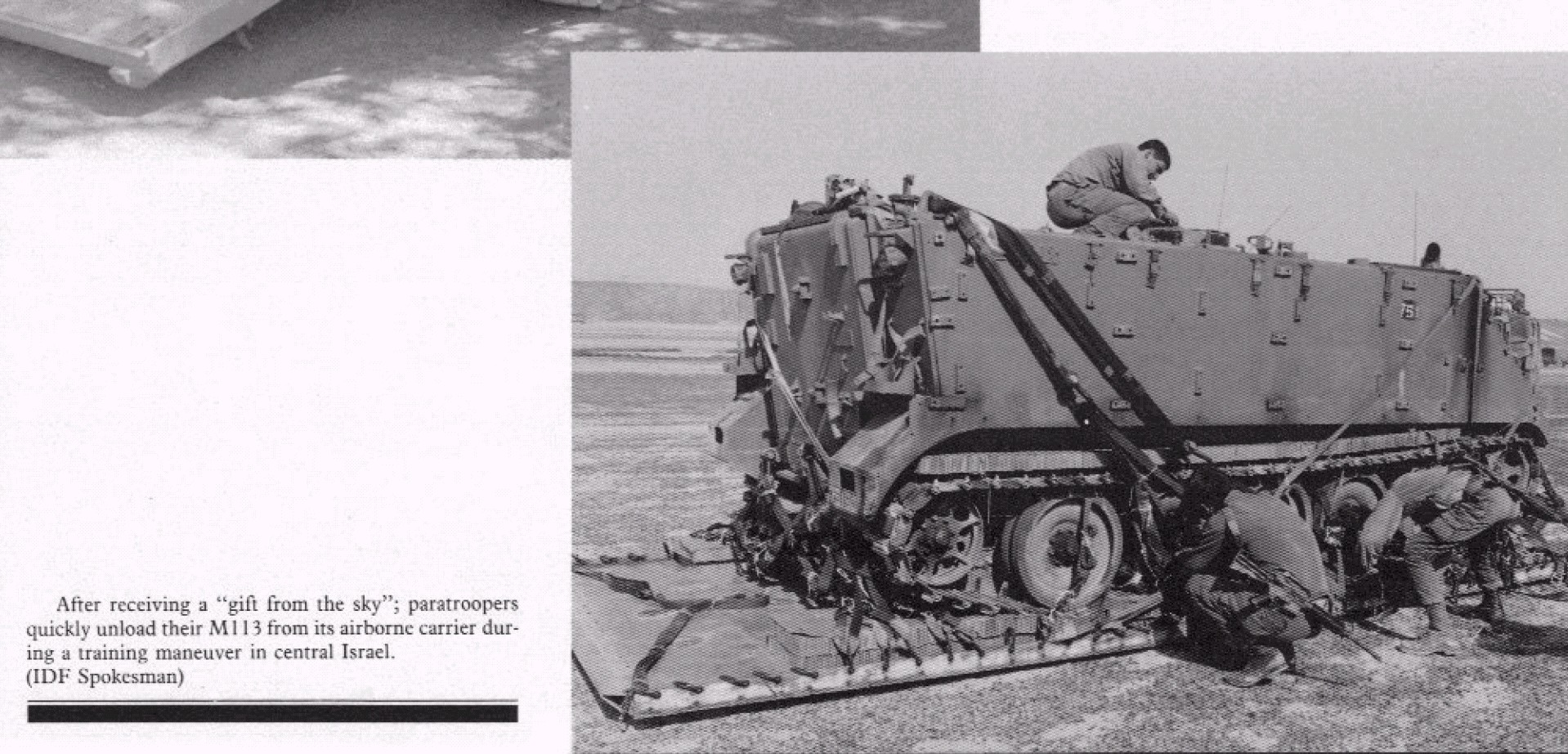
...and be recovered by eXtreme STOL (ESTOL) means:
How Can We Do This?
C-130 operating from the mid-sized USS Essex in the 1960s
The first thing you might criticize is that C-130s landing on U.S. angled deck carriers was only a gimmick that could not be sustained because the Herks are huge B-29-sized aircraft whose wings don't fold for storage on deck top--much less fit underneath.
Video

 www.youtube.com/watch?v=CfwJJD5jGXk
www.youtube.com/watch?v=CfwJJD5jGXk
The problem is the inefficiency of having 4 engines in 4 nacelles on the wings such that they cannot easily fold. If we changed the lay-out of the C-130 to 4 engines in 2 nacelles using Russian Tu-95 Bear contraprops the outer wings could fold so a half-dozen (half-squadron) of Herks could be stored on deck top.
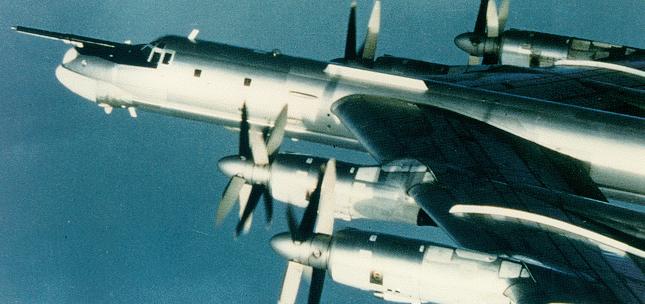
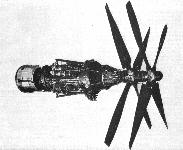
A squadron of twin-engined C-27J Spartans would be underneath if they are modified to have their wings fold and a large ramp were developed to roll them in from the flight deck. Both aircraft will need tail hooks added.
Another option would be to replace the 4 Herks turboprops with two large turbofans--preferably on TOP of the wings for Coanda effect for ESTOL like the Russian AN-74, YC-14 etc.
To make space for the Army AMS BCT, we simplify the carrier's functions so less Navy Reserve crews are needed: no steam catapults by fitting a 10 degree ski jump on the end for take-offs. Use automation to reduce functions and crew as is done on civilian merchant ships. There is no reason to have 5, 000 men and women packed on board one ship asking to be wiped out by enemy attacks.
Everybody fights and everybody works.
Get Rid of the Island: Retractable Aircraft Carrier Superstructure
U.S. Army B-25 taking off from USS Wasp to Raid Tokyo in 1942: The Island on the right limited aircraft options to medium bombers that barely had enough range to reach
The next step would be to remove the island from the CAMSTRIKE Enterprise and replace it with a retracting up/down mini-island off to the right side that is down for flight ops so large aircraft can have the entire, flush deck to land and take-off from with their wings extending over the starboard (happy? I used naval terminology) side. The USNR would not be using this flush deck to operate nuclear bombers to threaten the USAF's "rice bowl" so there should be no bureaucratic heart burn about our carriers finally being sanely configured for maximum capabilities possible.
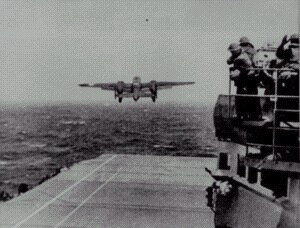
Below are pictures of the crafty British how experimented with a retracting island on the legendary carrier, HMS Furious:


http://en.wikipedia.org/wiki/HMS_Furious_(47)
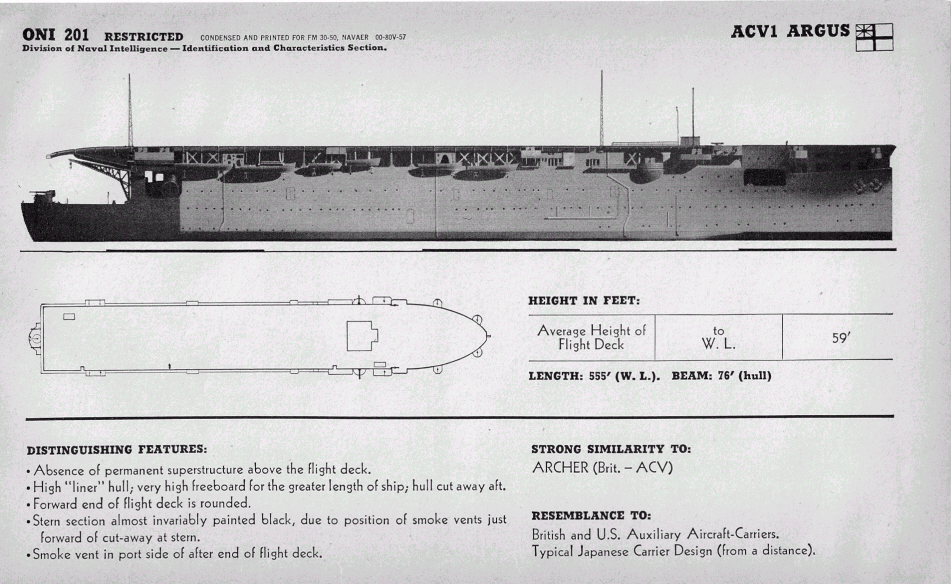
Like Argus, Furious was flush-decked and lacked an island superstructure to minimise any turbulence over the flight deck; instead she was provided with a retractable charthouse at the forward end of the flight deck
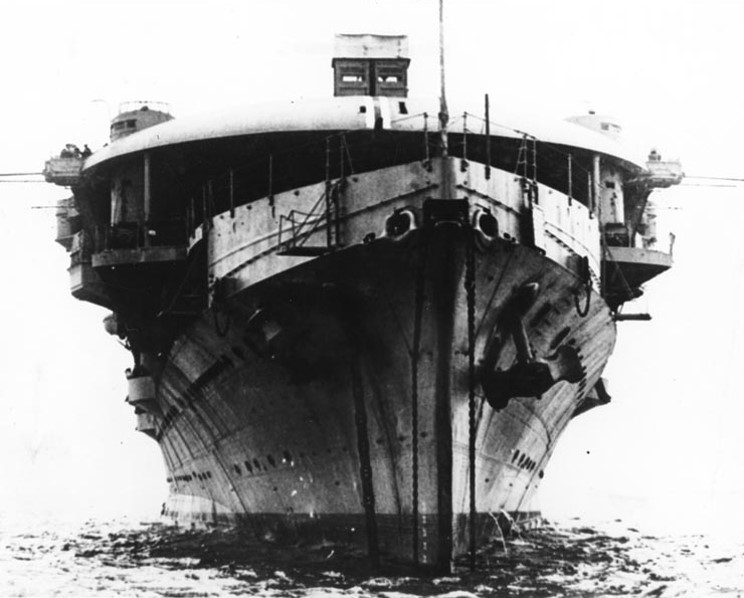
What do We do to Prevent our CAMSTRIKE Enterprise from being "Sunk"--for Real?
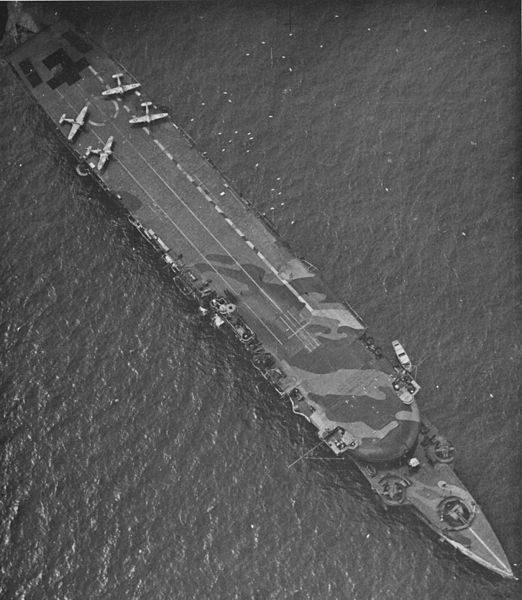
Of course, we can deploy a squadron of semi-stealthy F-35B STOVL Lightning IIs to defend the ship from air attack---IF they exist and are purchased. These STOVL F-35s can also insert/extract small commando teams by GRIER pods:
combatreform.org/jsfspecops.htm
If the F-35 program gets cancelled, why not navalize some F-16s or F-15 "Silent Eagles" that could also be semi-stealthy but with canards and thrust vectoring engines for SU-35-style agility. Navalizing the F-22 and re-opening the production line are other options.
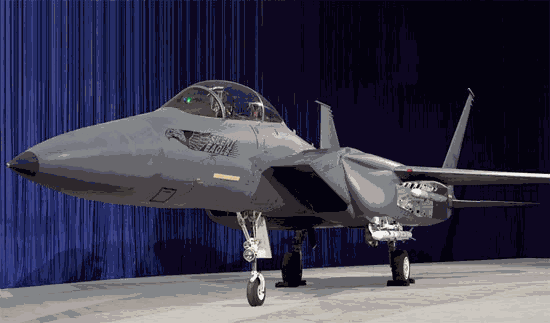
Semi-Stealthy F-15 "Silent Eagle"
For Anti-Submarine and Anti-Surface Warfare, armed crop duster, fixed-wing turboprops like the Thrush Vigilante 2 or AirTractor AT802U Cav with or without floats could be modified for long-loiter time missions to extend the outer circle beyond the current absurd too-close UH-60 SeaHawk short-range helicopter perimeter.
combatreform.org/seaplanefighters.htm
Get Rid of Volatile Jet Fuel From All our Ships, NOW!
ALL aircraft engines should be upgraded by new R&D created engines that burn low volatility DF-5 ship's engine fuel so there will not be thousands of gallons of JP-8 on board asking to be exploded by an enemy PGM.
The nightmare of what ship fires can do is vividly illustrated by the horror the carrier USS Franklin endured after they were hit by defacto enemy PGMs in WW2:
combatreform.org/abandonshippreparetodie.htm
Summary/Conclusion: Let's Not Go Down With our Carriers

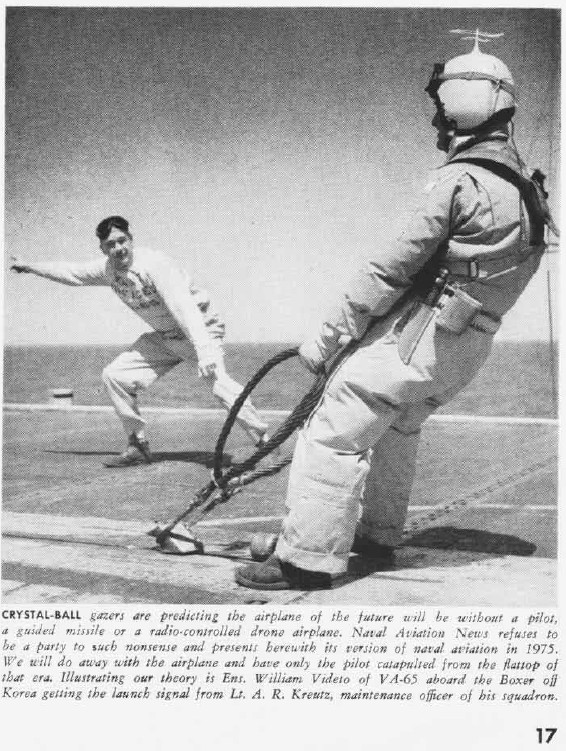
We don't need to go broke operating bloated aircraft carrier bureaucracies-at-sea, filled with Sailors looking to port calls to get drunk and have sex while offering themselves as easy "terraist" targets:
combatreform.org/cqbpistols.htm
If the CAMSTRIKE Enterprise experiment works well, as other CVNs come in for retirement they can be placed on reserve status so we can "surge" them in time of war to get the adequate 30+ carriers we need to dominate the skies and seas. Anything less than this, and we are asking for it--the ultimate "sunk cost" of thousands of lives and lost U.S. super power credibility if not losing a war.

Sailors like tattoos.